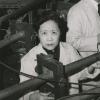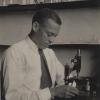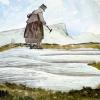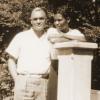Recent education research has suggested that explicitly discussing women’s underrepresentation in science and math can positively affect female students' interest in a career in these subjects. There are reasons to think that the same might be true for other underrepresented groups. History can provide teachers with many examples of individuals who fought against the prejudices of their society in order to pursue the study of math and science. These “hidden figures” rarely appear in textbooks, but they can be a valuable resource for a teacher willing to do a little historical research.
The topic gallery below includes resources for getting started researching several "hidden figures." For help finding more, see: Resources for Identifying More "Hidden Figures" in STEM History





